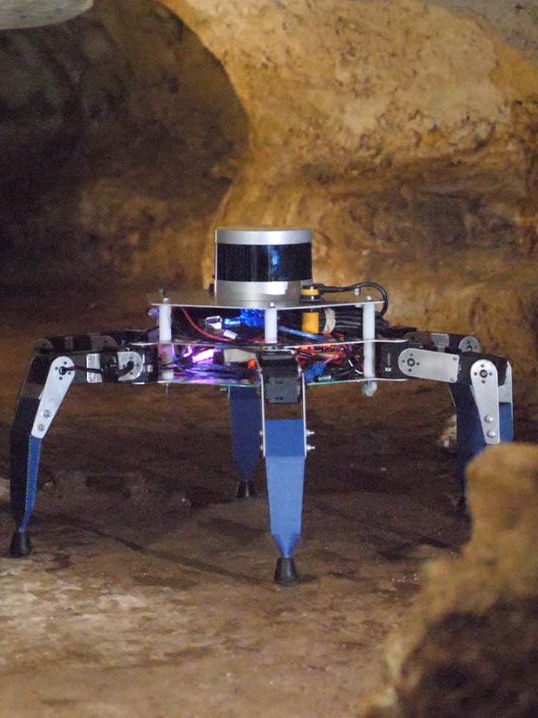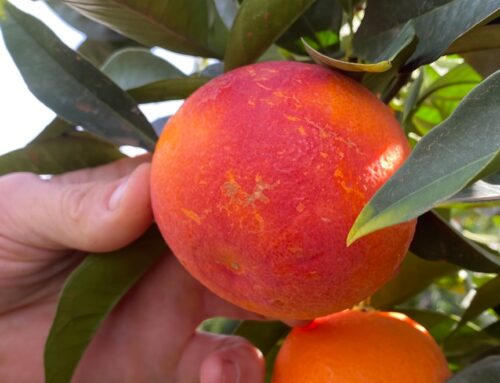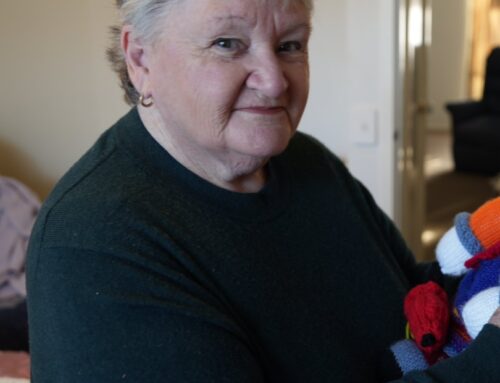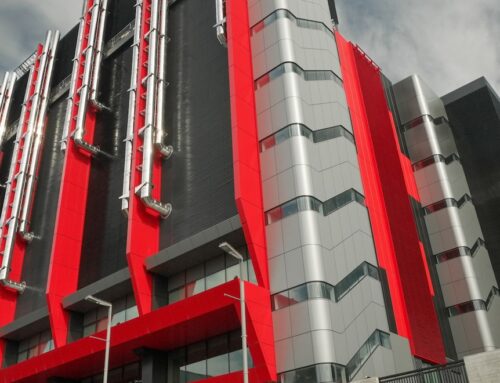Deep in the Naracoorte Caves, a spider-like robot is starting its march further underground.
Key points:
- Researchers are creating a full 3D map of the Naracoorte Caves
- They have enlisted a group of students to create a robot to scan in the tight passes
- The team has successfully trialled the spider-like robot at the site
The invention was created by a group of University of Adelaide students to help complete a full 3D scan of the world heritage site.
PhD student Craig Williams has been working to complete the model for years.
“So I have gaps in my data.”
Nature guides the way
That’s when he reached out to the engineering department.
Undergraduate Matthew King explained how they became involved.
“We were looking forward to our honours project … and we assembled a team of like-minded individuals who we thought would work well together and that formed our five for the CaveX project,” he said.
The group started work earlier this year and went through more than 15 designs before settling on the current iteration.
Undergraduate Hayden Lee said they had a lot of ideas, but they had to be shelved because of the potential damage to the site.
“It takes inspiration from nature,” he said.
“Having wheels or tracks leaves an environmental impact that’s too great.
Promising trial
The CaveX team spent a weekend at the Naracoorte Caves trialling the robot.
They are happy with how it has gone so far.
“It’s been able to walk across uneven terrain in various gaits, it’s been able to map the surrounding areas and construct that map from multiple scans stitched together,” Mr Lee said.
Mr Williams said it has been able to assist with his work.
“Those initial scans look pretty good,” he said.
Ambitious project
Mr Williams said it is important he can fill the gaps in his data.
“We’re looking at the cave surface to find new cave entrances which will hopefully lead to new fossil deposits,” he said.
“So, we’re trying to understand how they formed and how they filled up with sediment and the associated fossils within the cave environment.”
The robot will now be passed on to a new team of budding engineers to continue the mapping mission.
“We’d like to work on integrating machine learning, artificial intelligence for applications like computer vision,” Mr Lee said.
“When we add a camera on it, we can identify certain objects for obstacle avoidance.
“Also, for the processor itself to understand what are the critical areas to avoid and what certain formations are made of.”





